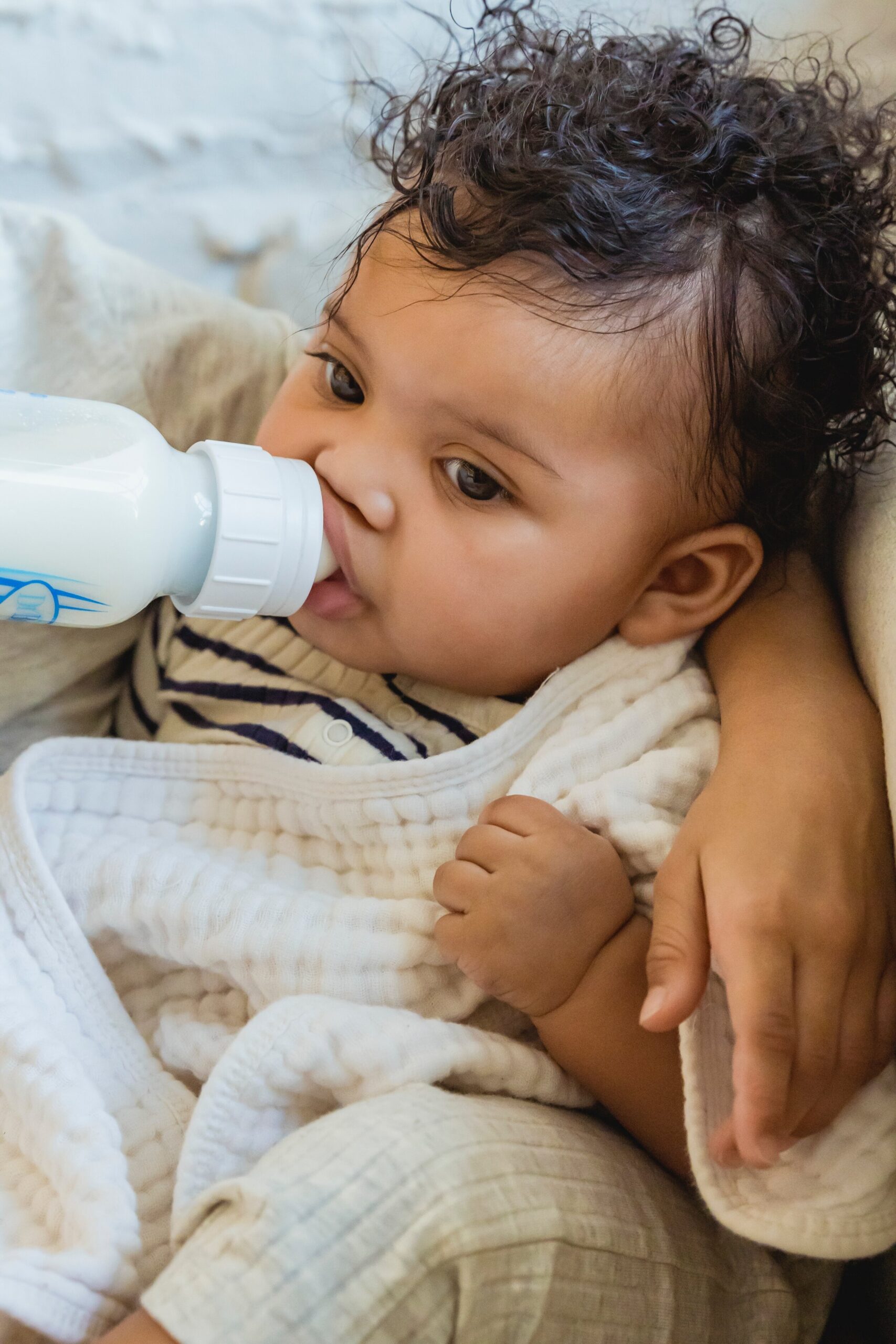Everyone knows about breastfeeding and bottle-feeding, but there’s one other option on how you can give your baby their milk – Exclusive Pumping (or EP’ing). It’s not uncommon but seldom spoken of.
What’s EP’ing?
EPing, or exclusive pumping, is when you express your breast milk and choose to feed your baby only that pumped milk. What’s different is that you use the bottle to provide the breast milk rather than the baby directly latching onto the breast.
It might be an unconventional way to nurse because all that’s ever known is the breast or the bottle (which is assumed to be formula feeding), but in this situation, it’s in the gray area. Don’t fret about it, mama, because it also takes a tremendous amount of dedication to providing the best nutrition for your little one. You have to give yourself some credit; it’s amazing because this method is very time-intensive, and you’re going to be needing your trusty pump 24/7.
You’re not alone. There are plenty of moms out there who chose to pump for different reasons exclusively. Whatever your reason is, it is entirely valid!
So, if you’ve set your mind on EPing all the way. Here’s mom’s survival guide to successfully mastering a comfortable exclusive pumping journey

How often and how long should you pump?
Once your mammary glands start to produce milk, you need to be aware that they’ll keep producing milk around the clock. A regularly breastfed baby nurses at least 8-12 times per day with intervals, and experts suggest that if you’re EP’ing try as much as you can to match a “breast” feeding infant’s feeding routine. You should pump every 2-3 hours between feeding sessions. You must maintain a good milk supply, so empty your breasts more frequently, not only to avoid engorgement but also to stimulate your milk supply.
It’s best that you pump for at least 15 minutes and not longer than 20 minutes. Pumping for less than the minimum time might cause a decrease in your milk supply. You have to tell your body that you need more milk. That’s why it’s advised that you still keep the pump on even if your milk stops flowing.
Quick FYI, you can start to pump as soon as your baby’s born exclusively! A few steps need to be followed to ensure that you’re producing enough milk for your newborn. In the blog Exclusive Pumping Guide, they mention that you should make sure to hand express within the first hour the baby’s born. For the next few days, you can switch from hand expressing to using a breast pump following the regular feeding schedule of a baby who nurses with a mother’s breast (at least 8-10 times per day with 2-3 hour intervals).
Successfully master a comfortable EP’ing journey
1. Buy a quality breast pump
You must find the best quality breast pump that you’re comfortable with; it may be an electric pump or a manual pump (or you know you could buy both just in case). If you are exclusively pumping, it’ll be your best friend for quite a while. There are lots of quality pumps, and if you’re still on the lookout for what to buy, I’ve rounded up breast pump recommendations for you.
2. Learn as much as you can about Exclusive Pumping
Reading in advance what it’ll require for you as you start EP’ing will be less stressful for you. Understanding that this option is time-consuming and will be exhausting (but also rewarding), get the know-how from other mamas who did the same. From what you should expect, prepare, and manage everything, read up on everything that the search engine can give you on EP’ing.
3. Get a pumping bra
A pumping bra will be one of your best purchases as soon as you start EP’ing. Get one that’s within your budget; it doesn’t have to be expensive. They all have the same functions, to be honest, but if you want to splurge a little, why not right? Go hands-free while pumping so you can do other things. It’ll be a life-saver, you won’t regret buying it!
4. Make sure to sanitize all your pumping equipment
The one thing we want to avoid is contaminating our bottles and other pump parts. So, make sure that you’ve prepared a sanitizing area in your house.
5. Stay on schedule
You might have to go from breast pump to bottle to baby when you’ve expressed milk. It’s going to be hard work, you bet. Better that you follow a schedule so your EPing flow will be easy and stress-free. Be sure that you’re following the average feeding routine of a regularly breastfed baby, as mentioned above. Not only your pumping needs to be scheduled, but the cleaning of all the bottles and other pumping equipment should be somewhere in that schedule too.
6. Download an app
The digital age is here. Take advantage of it. There are already so many apps available that help you keep track of your pumping schedule and alert you to help you keep track. These apps also help you record the number of times you’ve pumped for the day, the amount of milk you’ve expressed, etc. There are so many features that it’s incredible!
7. Store breast milk safely
Don’t waste that liquid gold. Spilled milk is the worst thing that could happen to an EP’ing mama. Learn how to store your breast milk by following these guidelines safely.
8. Take care of yourself.
Eat those nutritious foods. Drink all the water you can. Take your vitamins. Just like when you were pregnant, you took care of yourself to stay healthy all the time. Now that the baby’s out don’t forget to take care of yourself (even if you don’t have another human growing inside you already). If you aren’t drinking enough water, your milk supply will be affected as 38% of your breastmilk is water. Eat all the nutritious food you can. You need the nutrients you can get because your baby eats what you eat through your milk. Don’t forget to take your vitamins to make sure you’re as healthy as ever.
9. Join a group of EP’ing moms online
We can’t get the hang of everything on the get-go even if we’ve studied everything the internet has shown us. Other EPing moms might have tricks up their sleeves that will help you survive your EP’ing journey. It’s nice to be in a community of women who understand the EPing path you’ve chosen. Don’t be afraid to reach out to them!
References:
https://kellymom.com/mother2mother/exclusive-pumping/
https://www.whattoexpect.com/first-year/breastfeeding/exclusive-pumping-guide/
https://www.mamaonparade.com/exclusive-pumping-tips/#How_to_Make_Exclusive_Pumping_Easier
https://medium.com/family-matters-2/exclusive-pumping-hacks-for-new-mothers-25ef78d767db
